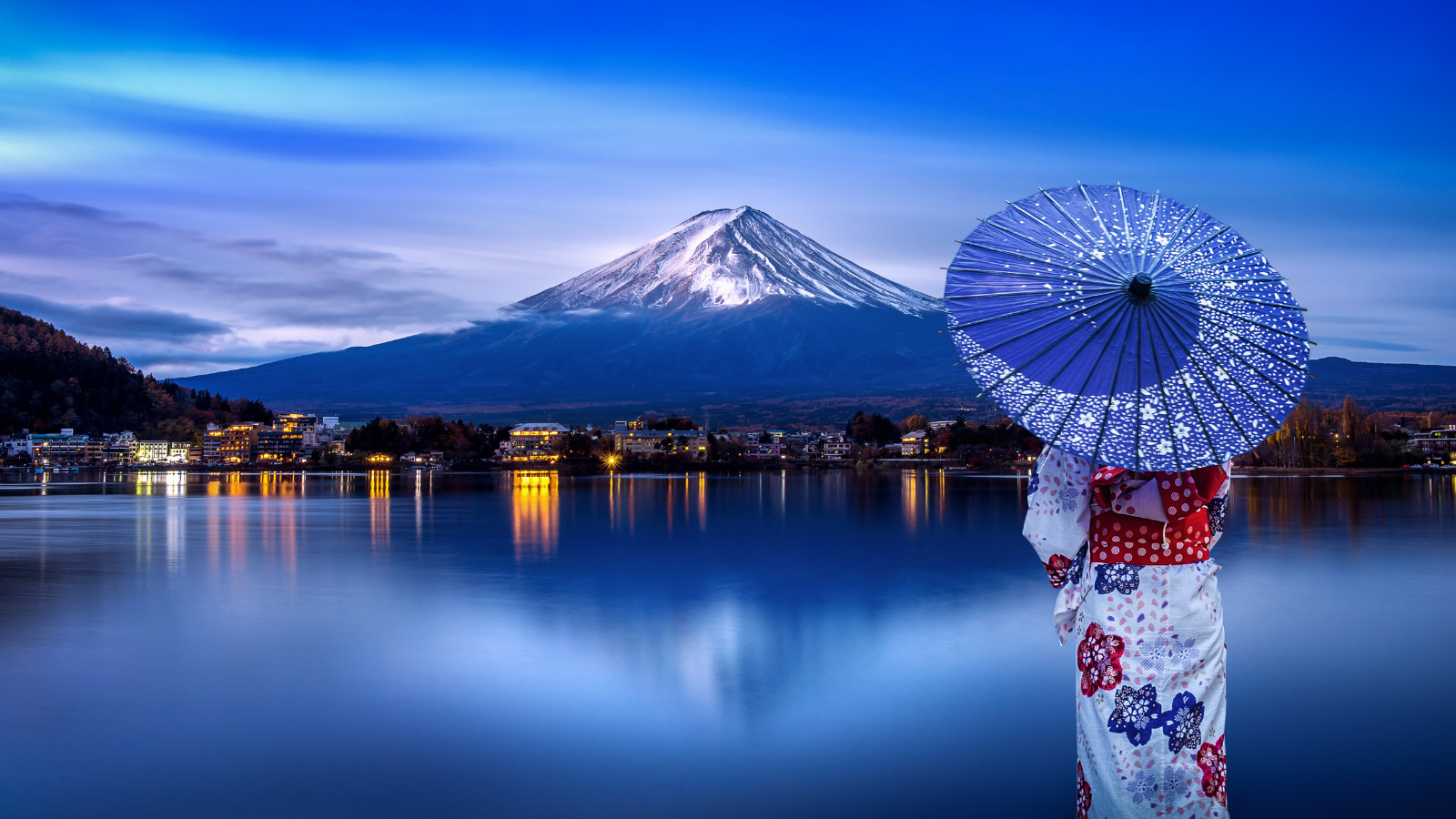Nara Prefecture, located in the Kansai region of Japan, is a place of immense historical significance and cultural richness. Known as the birthplace of Japanese civilization, Nara is home to ancient temples, shrines, and historic sites that offer a deep insight into the country’s early history and heritage.
History and Culture
Historical Significance
Nara holds a special place in Japanese history as the location of Japan’s first permanent capital, Heijo-kyo, established in 710 AD. This era, known as the Nara period, was a time of significant cultural and political development. Many of the temples, shrines, and ruins from this period have been preserved, offering a unique glimpse into the past.
Cultural Heritage
Nara is renowned for its cultural heritage, including eight UNESCO World Heritage sites. The region is famous for its traditional arts, crafts, and festivals. The Nara National Museum, the annual Nara Tokae lantern festival, and the traditional crafts like Nara ink and Itto-bori (wood carving) reflect the rich cultural tapestry of the prefecture.
Economy and Industry
Nara’s economy is primarily driven by tourism, agriculture, and traditional crafts. The prefecture’s fertile land produces high-quality fruits, vegetables, and tea. Traditional crafts, such as Nara ink and lacquerware, are also significant contributors to the local economy. Tourism remains a vital part of Nara’s economy, with visitors drawn to its historical sites and cultural events.
Attractions and Activities
Historical and Cultural Sites
- Todai-ji Temple: Home to the Great Buddha (Daibutsu), this iconic temple is one of Japan’s most famous and historically significant Buddhist temples.
- Kasuga Taisha Shrine: A Shinto shrine known for its many bronze and stone lanterns, nestled within Nara Park.
- Horyu-ji Temple: The world’s oldest surviving wooden structures, this temple complex is a UNESCO World Heritage site.
- Heijo Palace: The ruins of the ancient Nara capital, now an archaeological site and historical park.
Natural Attractions
- Nara Park: Famous for its freely roaming deer, which are considered sacred and have become a symbol of the city.
- Mount Yoshino: Renowned for its cherry blossoms, this mountain offers stunning views and is a popular spot for hanami (flower viewing).
- Asuka Village: Known for its ancient burial mounds and historical significance, offering a glimpse into Japan’s early history.
Modern Attractions
- Nara National Museum: Showcasing a vast collection of Buddhist art, this museum provides deep insights into Japanese religious and cultural history.
- Naramachi: A preserved area of traditional merchant houses, now home to shops, cafes, and museums.
- Nara Kenko Land: A modern hot spring and leisure complex offering relaxation and entertainment for visitors.
Cuisine
Nara’s culinary scene is deeply rooted in its agricultural traditions and historical significance. Local specialties include:
- Kakinoha-zushi: Sushi wrapped in persimmon leaves, a traditional dish from the Yoshino region.
- Miwa Somen: Thin wheat noodles served cold with a dipping sauce, originating from the Miwa area.
- Narazuke: Pickles made from vegetables fermented in sake lees, a traditional Nara delicacy.
- Yamato Beef: High-quality wagyu beef raised in the Nara region, known for its tenderness and flavor.
Conclusion
Nara Prefecture is a captivating destination that offers a deep dive into Japan’s ancient history and cultural heritage. Whether you’re exploring the historic temples and shrines, enjoying the natural beauty of the parks and mountains, or indulging in the local cuisine, Nara provides a rich and enriching experience for all visitors. Its blend of historical significance, cultural richness, and natural beauty makes it a must-visit location for anyone traveling to Japan.

